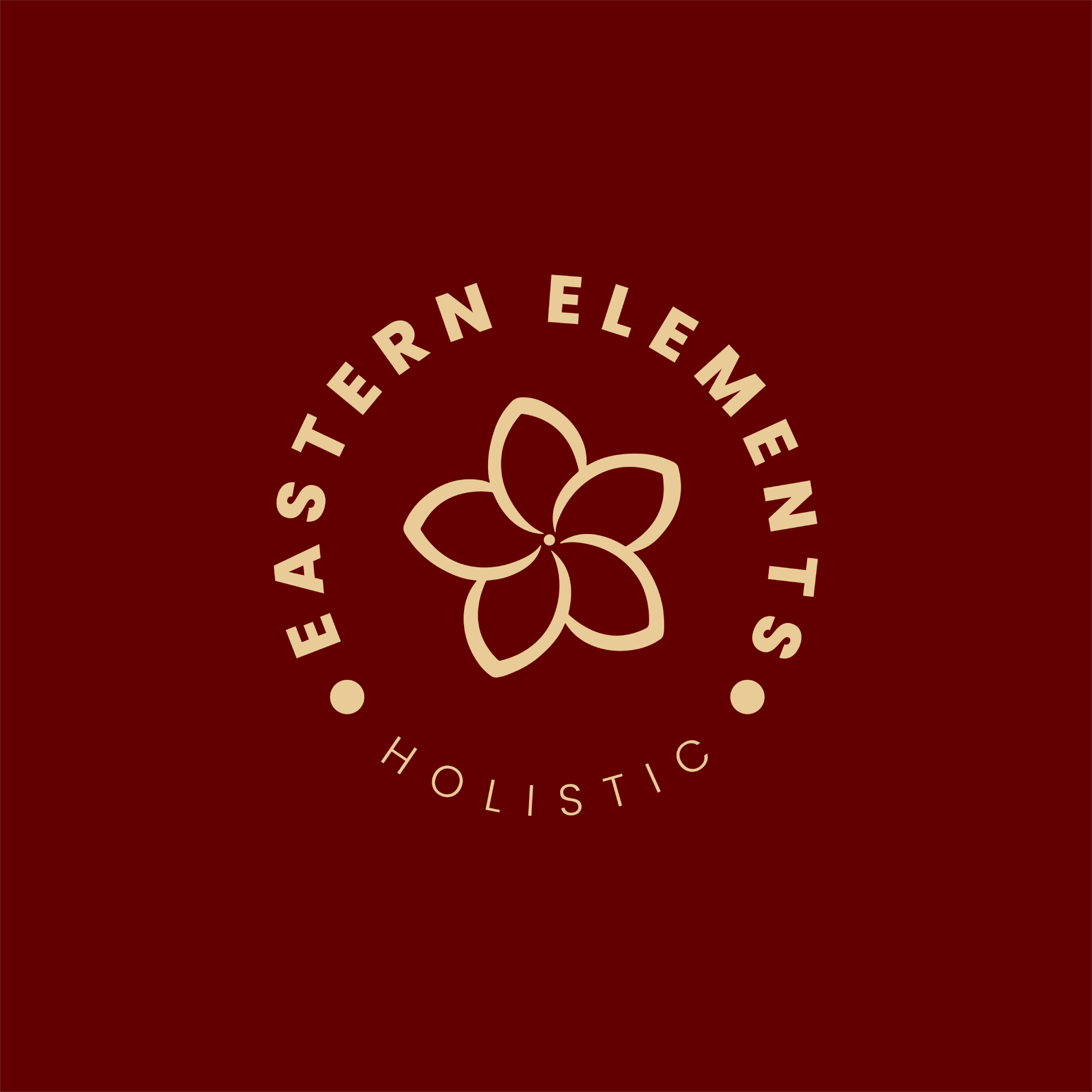If you’re unconvinced about the seemingly magical effects of yoga, there’s data to back it up! A 2016 study found that yoga reduced the need for medication in the treatment of chronic lower back pain. And a more recent study in 2020 reported that a customized yoga program to treat neck or lower back pain reduced discomfort and improved participants’ quality of life. In short, if you suffer from lower back pain, yoga may be the best medicine.
6 Best Poses for Lower Back Pain
If you’re experiencing any pain — whether it’s in your lower back or elsewhere, like your wrists or shoulders — it’s important that you check with your doctor or physical therapist before starting a yoga program. They can point you to the poses that will be most beneficial and tell you which ones to avoid for your specific condition. And always remember to go slowly at first! If any pose increases your pain level, stop and try another, less strenuous exercise.
Once you’re ready to get started, these basic yoga poses can form a great basis for a rejuvenating workout to alleviate your stress, back pain, and more!
Cat-Cow. The cat-cow pose is a great way to stretch stiff back muscles. Start by sitting on all fours with wrists beneath your shoulders and knees underneath your hips. For the cat pose, look up as your belly arches downward to the floor. For the cow pose, bring your head down and tuck your chin into your chest and arch your back toward the ceiling. Move back and forth between the cat and cow postures every few seconds.
Downward Facing Dog. In addition to your lower back, this pose also stretches the muscles at the back of your legs! Position yourself on all fours, with knees under hips and hands aligned with your wrists and shoulders. As you push your weight into your hands, bring your body off your knees and lift your tailbone up toward the ceiling. You can keep your knees slightly bent and your heels slightly off the floor. Your head should be aligned with your upper arms or you can tuck your chin in slightly if needed. As you press into your hands and arms you’ll feel a stretch in your lower back and legs. Hold the position for one minute.
Upward Facing Dog. Upward facing dog focuses on limbering up the chest, abdominal, and back muscles. Lie flat on your stomach with your palms at the middle of your ribs. With your legs together, press the tops of your feet into the floor, and using your back, not your hands, lift your chest off the floor. Keep your legs extended and hold for 5 to 10 breaths.
Child’s Pose. To loosen the large muscles of your back, sit on all fours with your feet together and your knees spread slightly. Walk your hands forward and fully extend your arms. Slowly move your body back and sit your buttocks on your heels, placing your forehead on the ground. You can hold this position for 30 seconds or up to 5 minutes.
Triangle Pose. In addition to strengthening your back, this pose also stretches the outer hip, or IT band. To do it, stand with your feet together. Put your left foot back three to four feet behind the right, and point it at a 45-degree angle. Turn your chest to the side, and stretch your right arm to the ground and your left arm to the ceiling. Keep both legs straight. If you can’t touch the ground with your right arm, bend as far as you can while keeping your back straight. Don’t overstretch. Hold for 5 to 10 breaths then switch to the other side.
Bridge Pose. Good for stretching the spine, hips, and hamstrings, the bridge pose begins as you lie on your back, arms at your sides with the palms of your hands resting on the mat. Bend your knees so your heels sit near your buttocks, keeping your feet flat on the floor. As you press into your feet and arms, lift your tailbone off the floor toward the ceiling so your thighs are parallel to the floor. Hold for one minute then slowly lower your body to the mat.
Don’t Live With Back Pain
While yoga is a proven and safe method to relax your muscles and your mind, it may not work for everyone. If your back pain persists, or if it is severe to begin with, it’s important that you consult with an orthopedist to determine the best path forward.



Leave a Reply